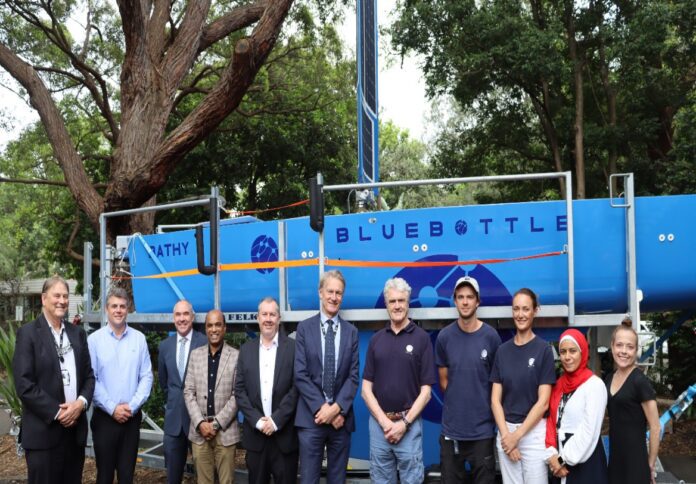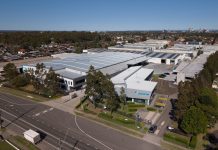
A groundbreaking research and development project spearheaded by Australian Composites Manufacturing (ACM CRC), Ocius Technology, and the University of New South Wales (UNSW) is poised to revolutionise the utilisation of wave energy for propulsion.
The initiative aims to enhance the efficiency of unmanned surface vessels (USVs) by harnessing wave energy to power underwater flippers, significantly advancing maritime surveillance capabilities.
According to a news release by ACM CRC, Ocius Technology’s Bluebottle-class USVs have emerged as cutting-edge autonomous solutions for maritime surveillance across various industries, including oil and gas, security, and scientific research.
These vessels play a crucial role in maritime defence missions, including mine clearance, patrolling, environmental monitoring, and search and rescue operations.
While the Bluebottle USVs currently operate efficiently through solar and wind energy, they face limitations in strong winds.
The ACM CRC project seeks to address this challenge by optimising the design and manufacturing of composite flippers, enabling enhanced propulsion even in adverse weather conditions and rough seas.
Professor Ganga Prusty, director of Research at ACM CRC, emphasised the project’s innovative approach, leveraging composite materials’ unique properties to achieve superior thrust and performance.
“Our R&D project exemplifies the CRC’s vision to unite its composite industry partners with ACM’s world-class academic researchers and deliver innovation at the forefront in automated manufacturing of advanced composites,” the professor noted.
Robert Dane, CEO of Ocius, expressed enthusiasm for the project’s potential, highlighting the flipper’s role as a key propulsion method and a stabilising force in inclement weather.
He explained the collaboration aims to apply scientific rigour to the design and manufacturing process, transforming the flipper into a formidable asset for maritime operations.
UNSW Dean of Engineering Julien Epps underscored the significance of industry-university partnerships in accelerating research translation and fostering innovation.
“Through close and sustained collaboration, the partnership has accelerated research translation, promoted the adoption of innovations, and provided valuable industry experience for university students and graduates, who are now supporting the partnership to scale even further,” Epps stated.
Associate Professor Fangbao Tian, the project’s Chief Investigator, emphasised the integration of advanced computational fluid dynamics and artificial intelligence to optimise flipper-based propulsors’ performance and reliability.
“Outcomes will create new supply chains and employment in the Australian advanced manufacturing sector and reduce international supply vulnerabilities,” Tian said.


















